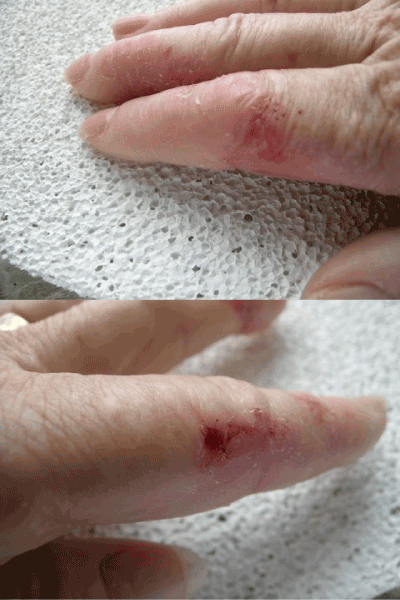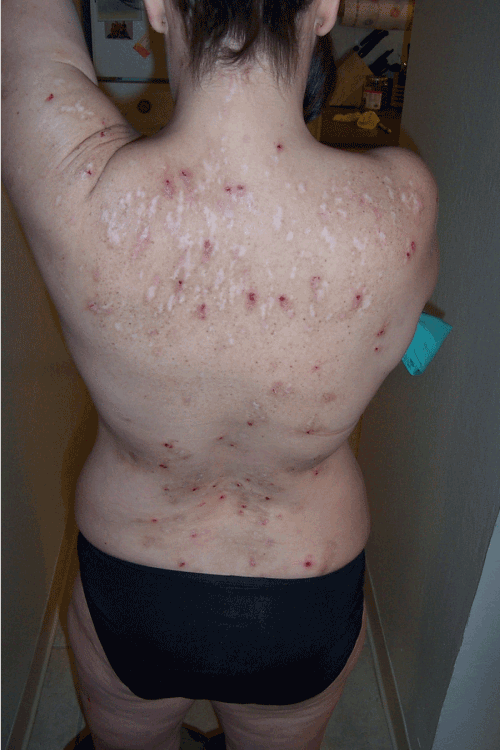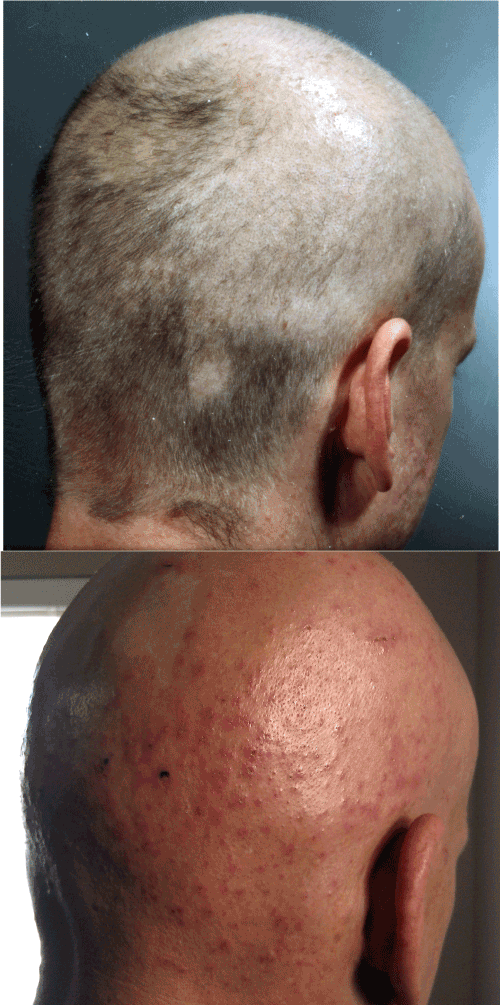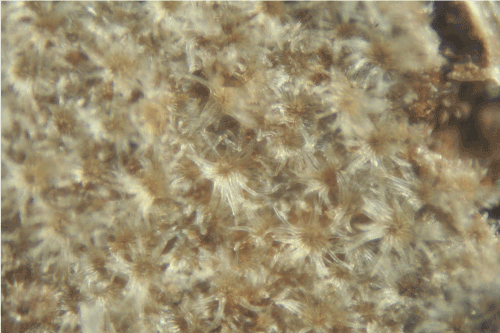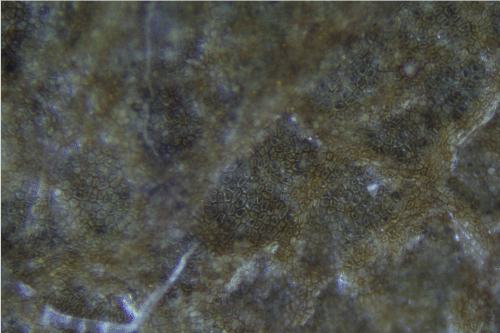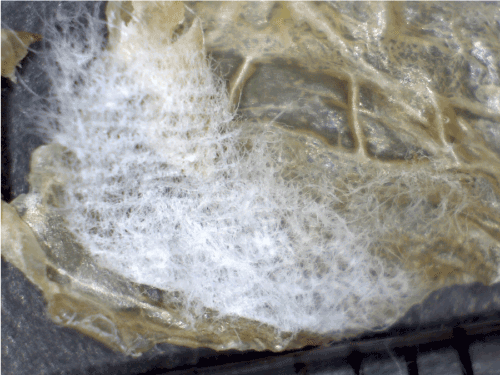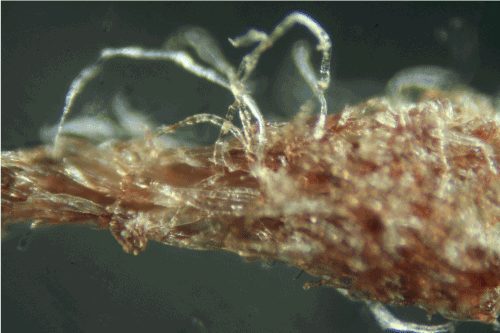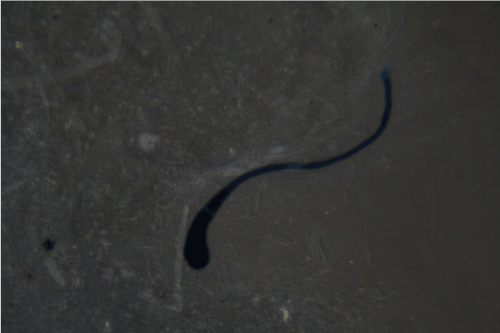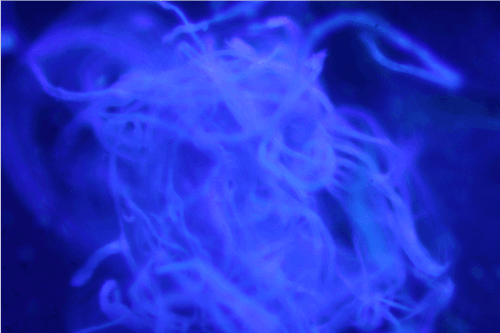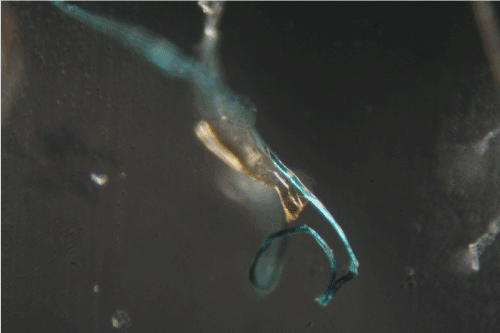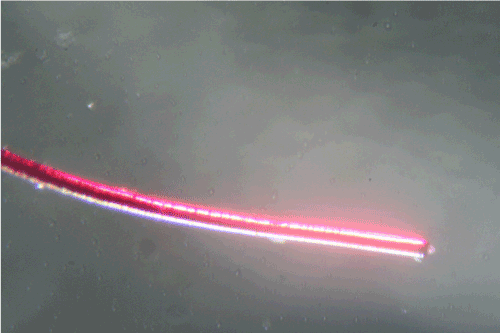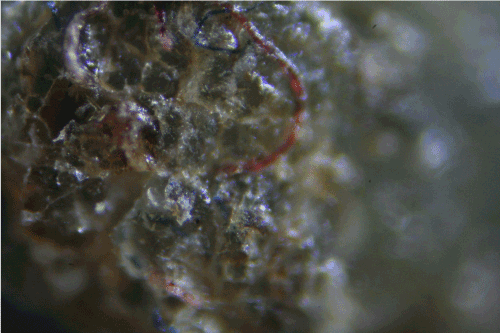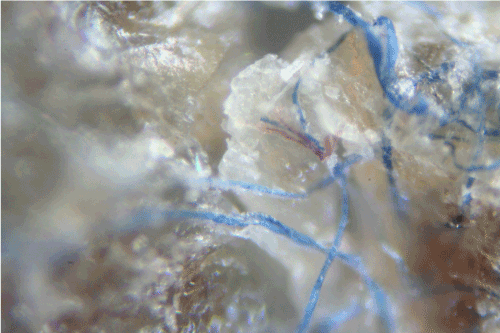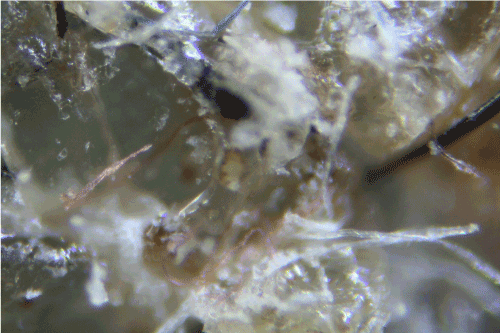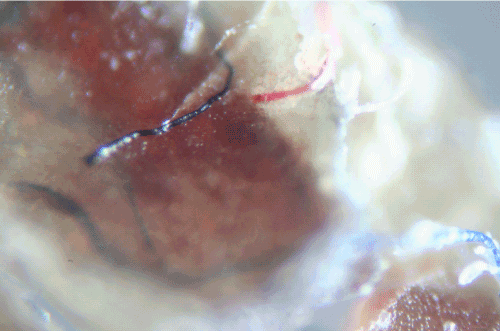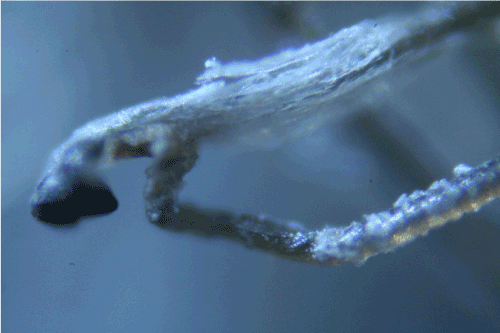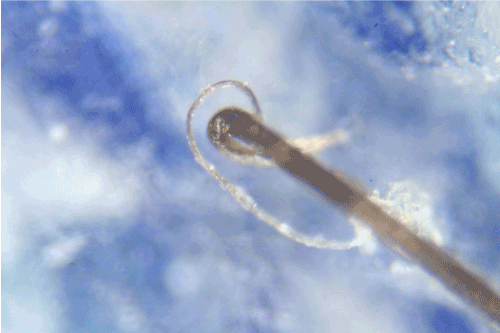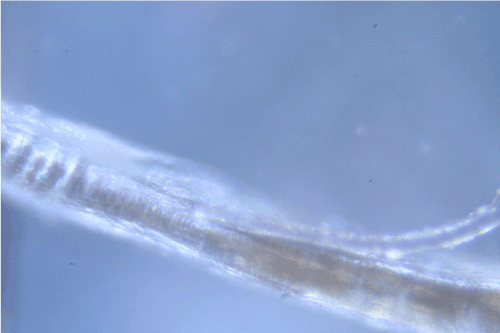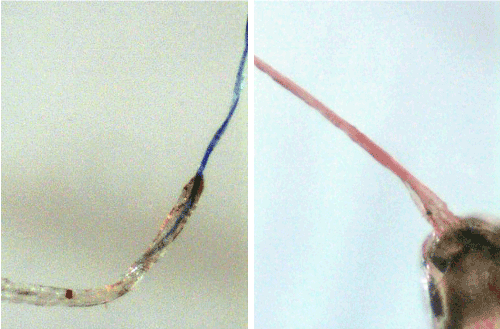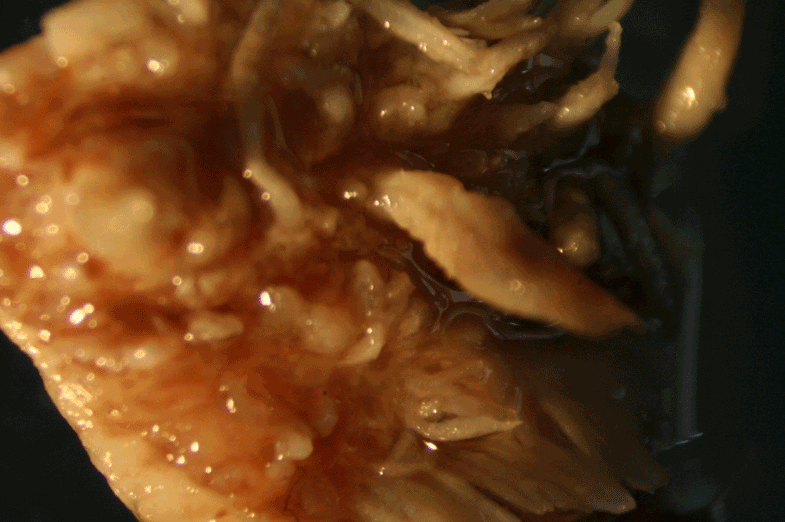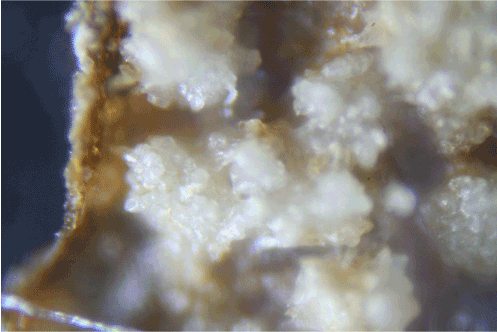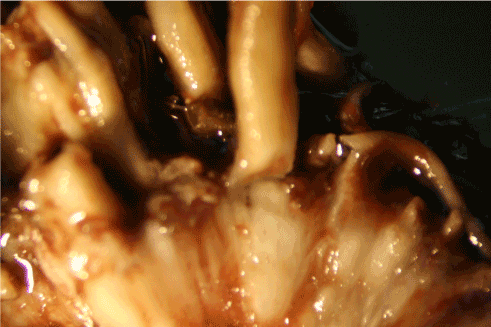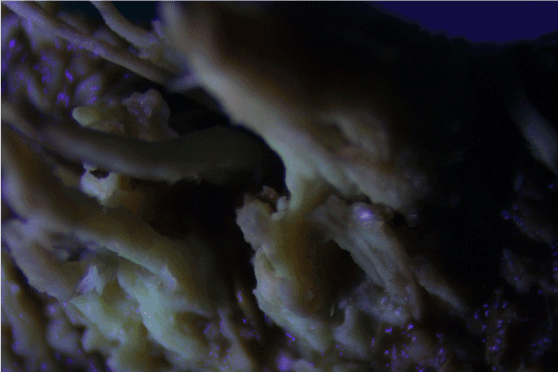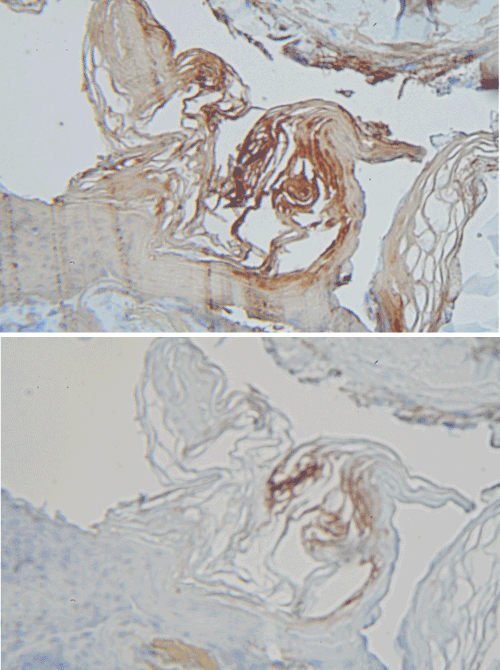Platform of the Green Party of Mississippi
Adopted June 2004,
Revised May 2012
I. Democracy
II. Social Justice and Equal Opportunity
III. Environmental Sustainability
We, the members of the Green Party of Mississippi, affirm as
our first principle that government may only exist as an instrument whereby the
People may govern themselves. Governments may exist only with the consent of the
People which the People may withdraw or withhold at any time. The purpose of
government is to secure and preserve to the People as individuals the inherent
rights of all individual human beings. These rights include, in the words of
Thomas Jefferson, "life, liberty, and the pursuit of happiness." We affirm our
intention to work for the respect and acknowledgement of individual human rights
by all people and governments consistent with the values and principles set
forth in this Platform. We affirm that we do this work as one small part of the
greater work of all Greens and their progressive allies towards the
establishment and/or maintenance of free and democratic government in all our
respective states throughout the world.
1.
Corporate Intrusion into the Political Process
a.
The greatest threat to what is left of our democracy after many years of
assaults on the sovereignty of the American people is the ability of special
interests to purchase the loyalty of those who are nominally the people's
elected representatives. This purchase is accomplished through a corrupt system
of campaign finance and corporate lobbying based on soft money contributions,
political action committees, and post-public service rewards. We are unalterably
opposed to this system and, in the name of the freedom and democracy for which
this nation is supposed to stand, will do everything in our power to bring about
its destruction.
b.
We propose comprehensive campaign finance reform. including caps on
spending and contributions at the national and state levels, and/or full public
financing of elections to remove undue influence in political campaigns. We will
work to ban or greatly limit political action committees and restrict soft money
contributions. We also support significant lobbying regulation, including strict
rules that disclose the extent of political lobbying via gifts and
contributions, broad based reforms of government operations, congressional
reorganization, and ethics laws at every level of government.
2.
We support instant runoff voting. Instant runoff voting is already in use
in several other countries and some municipalities in the U.S.. It allows voters
to rank their choices first, second, third, etc. and operates like a series of
runoff elections, but without the expense of holding an actual runoff election.
If a voter's first choice doesn't win, the vote transfers to the second choice,
and so on. Instant runoff voting allows voters to vote their conscience without
"wasting" their vote on a candidate not likely to win, or being forced into
choosing between the "lesser of two evils.
3.
We favor the passage of a "clean money" law such as that of Arizona
whereby any candidate who gathers 200 checks from individuals of $5 each becomes
eligible for more than $25,000 in public money. The cost of the program would be
paid by a $5 state income tax check-off, a dollar for dollar tax credit of up to
$50 for direct contributions to the system, and a 10% surcharge on civil and
criminal fines.
4.
The intrusion of corporations into American political life must be
stopped. Corporations are artificial persons not endowed with the same rights to
free speech, freedom of religion, and other constitutional rights as natural
persons. We therefore favor an amendment to the Constitution of the State of
Mississippi that recognizes these rights to accrue only to "natural
persons."
5.
Municipal political parties should be allowed to organize without the
existence of state or county parties.
6.
County political parties should be allowed to organize without the
existence of a state party.
7.
We favor the passage of a fusion law similar to that of the state of New
York allowing different political parties to nominate the same candidate for
state, county, and municipal political offices.
8.
Individuals should be allowed to be members of a state political party
without being members of a county or municipal party.
9.
We oppose at-large elections as diluting the voting strength of
minorities.
10.
No Mississippi elected official should be compensated by law at more than
twice the individual median income for Mississippians. If our elected officials
want salary increases they should be required to earn them by raising the
standard of living of the people they presumably represent.
11.
We support sunshine laws that open up the political system to access by
all citizens. We call for vigorous enforcement of existing open meeting and open
records laws in Mississippi.
12.
We call for election days to be designated state holidays and for other
measures calculated to inform, educate, and motivate voters. Among these
measures should be state-organized voter registration outreach to all high
school seniors.
13.
The state law denying felons their voting rights even after they have
served their sentences and completed their paroles is unjust to ex-convicts who
are sincerely attempting to rehabilitate themselves and unconstitutional under
the Eighth, Fourteenth, and Fifteenth Amendments to the U.S. Constitution. We
believe that it should be repealed.
Back to top
A.
Education
1.
The ultimate purpose of education, although it should include job
training, is to help children become scholars and citizens taught to question,
reason, and discern, not employees and consumers taught to produce, consume, and
obey. This is the guiding principle behind all Green Party of Mississippi
education policies.
2.
We believe in ridding public schools of all institutionalized commercial
messages and marketing tactics targeted at students.
3.
We support school funding equalization so that schools in poor districts
receive as much per-student funding as schools in wealthy districts.
4.
We support action by the state designed to improve performance by rural
and under funded school districts. Such programs would include incentives to
students to enter the teaching profession and incentives to teachers to work in
disadvantaged districts. Counties in which all or some public schools fail to
reach an adequate level of academic achievement should be encouraged to
consolidate.
5.
End tracking and train teachers to deal with multiple levels of
achievement in the same classroom.
6.
We support programs to train teachers through an apprenticeship system
which includes hands-on classroom experience under the supervision of
experienced teachers.
7.
We support classroom programs whereby the more advanced students in a
class tutor the less advanced.
8.
Birth control information and sexually-transmitted diseases
(STD)-prevention information should be disseminated through a program of sex
education. We support realistic, practical instruction, not limited to
"abstinence only" programs. Mississippi's infamous teen pregnancy rate, usually
the highest in the nation, and the spread of STD's, especially AIDS and HIV are
public health issues that must be addressed rationally and scientifically.
9.
We oppose school vouchers, for-profit, and religious charter schools.
10.
We support the repeal of the law requiring the Ten Commandments to be
posted in all Mississippi public school classrooms. All copies of the Ten
Commandments now in Mississippi classrooms should be returned to their
donors.
11.
We call for the public election of local school superintendents.
12.
All employers should be encouraged to provide a certain amount of paid
time off, upon request and on a regular basis, for parents and guardians to take
an active role in their children's education.
13.
All children should have access to a choice of fully funded academic and
vocational post-secondary educational services. Stipends should provide living
expenses and all books, fees, and tuition should be publicly funded.
14.
We favor bilingual education. Children whose first language is not
English need instructional programs that retain and improve command of their
native language while building English proficiency.
15.
We favor enhanced foreign language and cultural instruction in primary
and secondary schools as a way to prepare students to live in a global
society.
16.
To raise the quality of higher education in Mississippi, we favor the
hiring of larger numbers of full time, tenure track university faculty and thus,
decreased dependence on adjunct, part-time faculty and teaching assistants; the
reduction of the standard instructor teaching load in the Community College
system to the national average, four courses per term; regional and national
candidate searches to fill faculty slots in the Community College system; and
the raising of university faculty salaries to the Southeastern average as a tool
for faculty recruitment and retention.
17.
We support the right of faculty and staff at all state educational
institutions to form unions and enter into collective bargaining agreements with
school boards and the Community College and Institutions of Higher Learning
Boards.
Back to top
B.
Health Care
1.
We believe that the state of Mississippi should support publicly owned
county and regional hospitals as a step towards universal healthcare.
2.
We support state-financed malpractice insurance to enable doctors and
nurses to practice in the state of Mississippi without unreasonable expenses and
without fear of unfair malpractice claims.
3.
We support state-financed healthcare provider education at
in-or-out-of-state accredited programs to be reimbursed by practice in the
underserved rural areas of Mississippi after graduation.
4.
The state of Mississippi should not interfere with reproductive freedom.
Abortion should be covered by state healthcare funding.
5.
We support initiatives to address the epidemic of AIDS and HIV disease,
including education, availability of condoms, and access to healthcare for
HIV-infected individuals.
C.
Economic Justice/Social Safety Net
1.
We support an immediate increase of the legal hourly wage to at least
$2.00 over the federal minimum wage in all municipalities and counties in the
state of Mississippi and in all state funded hourly wage positions. Corporations
receiving state, county, and municipal contracts should be required to pay their
employees a living wage.
2.
We support state funding of living wage jobs in community and
environmental service.
3.
We oppose the use of the state of Mississippi's eminent domain powers to
acquire land or other property for the use of corporations or other for-profit
entities. The power of eminent domain must be used for the public good and not
for the enrichment of private interests.
4.
We favor financial and technical incentives for the creation of worker or
consumer cooperatives or democratic public enterprises.
5.
We favor financial and technical incentives for the creation of publicly
owned community banks or consumer credit unions.
6.
We favor the elimination of sales taxes on food, utilities for
residential consumption, pharmaceuticals and other basic necessities.
7.
We favor an increase to 8% of the oil severance tax.
8.
We support an increase in the tobacco tax.
9.
We propose that the Mississippi State Legislature fully match the federal
child care block grant so that Mississippi can avail itself of all federal funds
available for this purpose.
10.
We believe that corporations and wealthy property owners should be taxed
to provide restricted funds for vocational, academic, and extracurricular
education.
Back to top
D.
Management-Labor Relations
1.
Mississippi right-to-work laws must be repealed. We support the right of
employees to form unions and engage in collective bargaining.
2.
We support the enactment of "labor peace laws" requiring employers to
allow union organizers access to their premises and employees for organizing
purposes without interference or reprisals against employees or organizers.
3.
We support the passage of a law requiring employers to provide a written
statement of cause before they may fire an employee.
4.
We support the passage of a law prohibiting camera surveillance of
employees and surveillance of employee Email traffic.
5.
Temporary employment agencies and other contractors should be regulated,
and fair treatment, pay, and security should be guaranteed for their
employees.
6.
A State Labor Commission should be created to oversee union elections for
workers not covered by the NLRA (as amended) and not allowed NLRB elections.
This definition would include state and municipal employees and farm labor. It
could also include employees of some medium-sized businesses with 10 or more
employees.
7.
We contend that workers have a basic human right to a safe and healthful
workplace. Thus, workplace health and safety regulations must be enforced
rigorously; workplaces should be open to state safety inspection without advance
notice; health and safety whistleblowers must be protected from discharge and
harassment; accidents or death on the job should be subject to investigation and
possible criminal prosecution.
E.
Criminal Justice
1.
Abolish private prisons. Allowing private individuals to profit by
subjecting their fellow citizens to involuntary servitude is suggestive of
slavery.
2.
We favor rehabilitation of prisoners. To that end, we support access to
education and job training for prisoners.
3.
We support halfway houses, fines, restitution, and community service as
alternatives to the continued expansion of the prison-industrial complex.
4.
We call for the repeal of Mississippi's "three strikes" law. This law has
crowded our prisons with nonviolent offenders and devoured revenue that could be
spent on education or the protection of the environment.
5.
We oppose damage caps for lawsuits. We favor the repeal of all laws
imposing them. Individuals and businesses that commit illegal acts must be
brought to account.
6.
We condemn the doctrine of sovereign immunity and favor legislation
making it illegal for state officials and agencies to invoke it. If private
individuals are to be answerable for their crimes in courts of law then public
officials must be also. No government has the right to expect its citizens to
obey its laws if it does not obey them itself.
7.
We support vigorous enforcement of laws against cruelty to animals,
especially the anti-dog fighting and anti-cockfighting laws.
8.
We support independent civilian review of complaints of police
misconduct.
9.
We support the legalization of industrial hemp.
10.
We oppose mandatory drug testing by employers except in situations
involving the operation of vehicles and equipment where there is a danger to
human life. We favor the passage of laws making such testing illegal in the
state of Mississippi.
11.
We support the abolition of the death penalty in the state of
Mississippi.
12.
We condemn the USA Patriot Act and the Homeland Security Act as steps
towards the creation of a police state. We call on all state, county, and
municipal law enforcement organizations to refuse to cooperate with the Federal
government in the enforcement of all unconstitutional provisions of this
legislation. We also call for all county and municipal governing bodies to pass
resolutions condemning the Patriot Act as unconstitutional and dangerous to
democracy.
13.
We call for the establishment of a state commission to investigate the
feasibility of decriminalizing, taxing, and regulating private possession and
use of marijuana.
Back to top
F.
Civil and Equal Rights
1.
We support the formation of a State Commission on Civil Rights to examine
and recommend action on past and present injustices and inequities among
Mississippians.
2.
We support comparable worth legislation to equalize the pay of women and
minorities with that of white males.
3.
We support the formation of a State Commission on Reparations to study
the question of reparations for slavery.
4.
We support legislation guaranteeing gays and bisexuals the same access to
civil marriage as heterosexuals. Laws denying them such access are unjust and
unconstitutional under the equal protection clause of the Fourteenth Amendment
to the U.S. Constitution.
5.
We call for immediate passage of legislation banning job discrimination
on the basis of sexual orientation or gender.
6.
We support legislation prohibiting discrimination in housing, hiring, or
health care based on HIV status or AIDS diagnosis.
7.
We call for a change in the state child support laws to make unearned
income part of the basis of the calculation of court-ordered child support.
8.
No one should be denied the right to adopt or hold custody of children on
the basis of gender, race, religion, ethnic origin, age, national origin,
disability, or sexual orientation.
G.
Free Speech
1.
The right of the individual to freedom of speech is inherent in his or
her existence as a human being and should in no way be abridged by the state of
Mississippi. This principle includes state government employees and teachers and
students in public schools.
2.
The airwaves are a valuable public property. We thus support the
cultivation of "community radio." We believe that the FCC should allow for a new
service of small, locally-owned FM stations.
3.
We also call for the creation and funding of genuine public access TV
channels by all the cable providers in the state and for the creation of modest
production facilities in at least one network TV station in each major media
market in the state to facilitate citizen access. To fund such access, we call
for a state surcharge to be paid by all corporate broadcast entities and cable
or satellite TV providers in the state. This surcharge would be proportional to
the power and reach of their signals, or, in the case of cable or satellite TV
providers, the number of households enrolled. These monies would be made
available to applicants for public access airtime to be used for the discussion
of public issues and paid to the originating broadcast facility to cover the
expense of production and broadcasting.
Back to top
H.
Native Americans
1.
We support the self-determination of the Choctaw and any other Native
American tribe indigenous to Mississippi and resident in the state before 1900.
2.
We support legislation allowing the state of Mississippi to grant
official recognition to Mississippi Native American tribes.
3.
We recognize the sovereignty of Native American tribal governments.
I.
Immigration
1.
State laws allowing employers to import employees from foreign countries
and pay them less than minimum wage by hiring them as temporary workers are a
form of peonage. We favor and call for their immediate repeal.
J.
Housing
1.
We support passage of equitable landlord-tenant laws in all counties and
municipalities.
K.
Community Involvement
1.
We support legislation and public policies that encourage establishment
of consumer co-ops, micro loan funds, and local currencies.
2.
We support direct democracy through town meetings. We favor the passage
of municipal ordinances requiring public officials to hold such meetings. Such
meetings should be empowered to pass and/or repeal municipal ordinances, as well
as to monitor, instruct, and recall representatives elected to municipal, state,
and federal office.
L.
Banking for People
1.
We support a law capping interest rates on all loans including credit
cards in the state of Mississippi at 1% over the Prime lending rate.
2.
We support a law against rollovers whereby a late payment causes the
interest rate on a loan to double. Rollovers are a form of extortion and all
lenders who engage in this practice should be imprisoned for no less than five
years and be required to make restitution to their victims.
3.
We support the promotion of credit unions as an alternative to the
legalized swindling practiced by easy credit lenders. Every Mississippian,
regardless of employer or place of residence, should have access to a credit
union.
4.
We support a cap on fees for cashing checks at 0.1% of the value of the
check, but no more than $5.
Back to top
A.
Energy Policy
1.
We oppose the deregulation of utilities. Public utilities are too
important to our citizens and businesses to allow prices to become subject to
the vagaries of the marketplace.
2.
We call for the development of a state energy policy including taxes
and/or fines on energy waste and credits for alternative and sustainable energy
use such as solar, wind, hydrogen, and biomass. In addition to corporate tax
credits for viable alternative energy creation or conservation projects, we also
call for such credits for individuals or contractors who design into or add onto
personal homes active energy producing/saving devices.
3.
We encourage state agencies to incorporate energy-saving and alternative
power generation technologies as feasible in all state-owned buildings.
B.
Nuclear Energy Policy
1.
We oppose nuclear energy and call for a decommissioning and phase-out of
current nuclear plants.
2.
The Green Party of Mississippi opposes the transportation of nuclear
waste through Mississippi to Yucca Mountain or any other facility.
3.
We support a law requiring the owners of Grand Gulf Nuclear Plant to
allow independent, public-access radiation monitoring.
4.
We oppose construction or expansion of any nuclear plants in
Mississippi.
C.
Waste Disposal
1.
We support local ordinances and state laws requiring businesses applying
for zoning permits to disclose any toxic substances which may be used or
produced at the site.
2.
We favor comprehensive and systematic recycling programs for state and
local governments.
3.
We call for a "bottle bill" to place a deposit (5 cents) on all
non-returnable glass, plastic, and metal packages of beer and soft drinks. The
intended effect of the deposit is to reduce litter along our highways and other
roads and to encourage recycling.
4.
We call for the reduction of the public sector waste stream and
especially for the development of viable recycling programs for all waste paper
generated by state offices and by the state university and public school
systems.
5.
We call for measures by which organic trash collected by municipal and
county waste management-lawn clippings, leaf and pine straw, dead fall and
trimmed tree branches-would be composted and the resulting mulch and compost
made available to farmers, home gardeners, and the state.
D.
Fossil Fuels
1.
We support incentives to enable local communities to build bike paths and
sidewalks in order to reduce auto-based transportation.
2.
We also call for the creation of carpool lanes and other incentives to
carpooling in metro areas throughout Mississippi.
3.
We call for state tax credits-either savings on vehicle tag costs or
income tax deductions or both-to be granted to those consumers who buy "hybrid"
gas electric vehicles or other alternative-fuel vehicles that meet rigid fuel
economy and exhaust emissions standards.
Back to top
E.
Renewable Energy
1.
We support the use of tax-exempt bonds to allow publicly owned utilities
to finance conservation, energy efficiency, and renewable energy project.
F.
Transportation Policy
1.
We support publicly financed mass transit in Mississippi's metropolitan
areas.
2.
We advocate the use of existing highway corridors when new highways are
constructed. Rather than exercising eminent domain to acquire land for highway
construction, Highway Department planners should first examine the feasibility
of widening existing roadways.
G.
Clean Air
1.
We favor state legislation on the California model requiring stricter
clean air and fuel efficiency standards.
2.
We favor state legislation underwriting low interest loans for the
replacement of high-pollution older vehicles which have been licensed in
Mississippi for at least the preceding five years with low-pollution vehicles,
to be available to each owner of such an older vehicle.
H.
Land Use
1.
We support the full funding and expansion of our state parks system.
2.
We propose to overhaul Forestry Commission rules with the aim of
protecting all our remaining old-growth forests, The revised rules will prohibit
clear cutting on public land and promote sustainable forestry practices on both
public and private lands.
3.
We support a review of all state land-use policies.
4.
We call for stricter public scrutiny and control over wetlands reduction,
flood control and river-redirection projects.
5.
We call for a moratorium on the cutting of mature deciduous trees on all
public lands and call for the creation of incentives to protect and preserve
these native species on private lands throughout Mississippi.
6.
We will implement an immediate ban on the building of logging roads in
state forests at taxpayer expense. These roads cost more to build than they
bring in revenue and contribute to soil erosion and silting of streams.
7.
End any state subsidies that encourage the export of raw logs and other
minimally processed forest products (pulp, chips, carts, slabs, etc.) to
out-of-state mills. Instead, provide incentives to local mills and in so doing
create jobs for the people of Mississippi.
Back to top
I.
Water
1.
We support the promotion of water conservation by the state of
Mississippi.
2.
We oppose the privatization of municipal water services.
3.
We acknowledge Native American rights regarding water and urge that
courts and state water engineers do the same.
4.
We support the creation of green belts around our urban areas to rein in
sprawl and promote development of the inner city.
J.
Agriculture
1.
We support organic farming methods and endorse the efforts of
Mississippi's organic farmers to organize statewide to promote them.
2.
We support cooperative farming and oppose agribusiness. We support
farmers markets and on-site and u-pick-em operations.
3.
We propose to abolish all state subsidies and tax breaks for agribusiness
while maintaining them for small farmers and cooperative farmers. We support
incentives to promote small-scale family farms, biological diversity in crop
cultivation, and regional approaches to food supplies rather than the
transportation of food over long distances to markets.
4.
We wish to create incentives to increase diversity in forest plantings to
promote wildlife habitat, the diversity of our ecosystems, and the natural
beauty of our rural lands.
5.
We propose to institute the teaching of organic and sustainable farming,
including permaculture methods, in Mississippi's agricultural colleges. State
universities should be given a mandate to perform research into organic farming
methods and integrated pest management as a way to replace chemical biocides and
fertilizers.
6.
We propose incentives to promote the use of integrated pest management
and the phasing out of biocides.
7.
We propose a ban on genetic engineering and the release of genetically
engineered organisms in the state of Mississippi. This ban includes "terminator
gene" plants that produce sterile seeds.
8.
Farmers have the right to save viable seed they have grown. This right
contributes to sustainable farming. Contracts that prohibit farmers from saving
seeds from their harvest for planting the following season should be made
illegal.
9.
We support pollution fees for the use of non-organic fertilizers, the
resulting revenue to pay for environmental restoration.
10.
We support rapid completion and implementation of state regulations
defining "organic food," including both produce and livestock.
11.
We support the use of work projects, goats, and other sustainable methods
to control undergrowth rather than spraying herbicides, especially near
communities.
12.
We support a state program, including incentives and research at the
state's agricultural schools, to promote the growing of industrial hemp, kenaf,
and other non-tree sources of raw material for the manufacture of paper.

